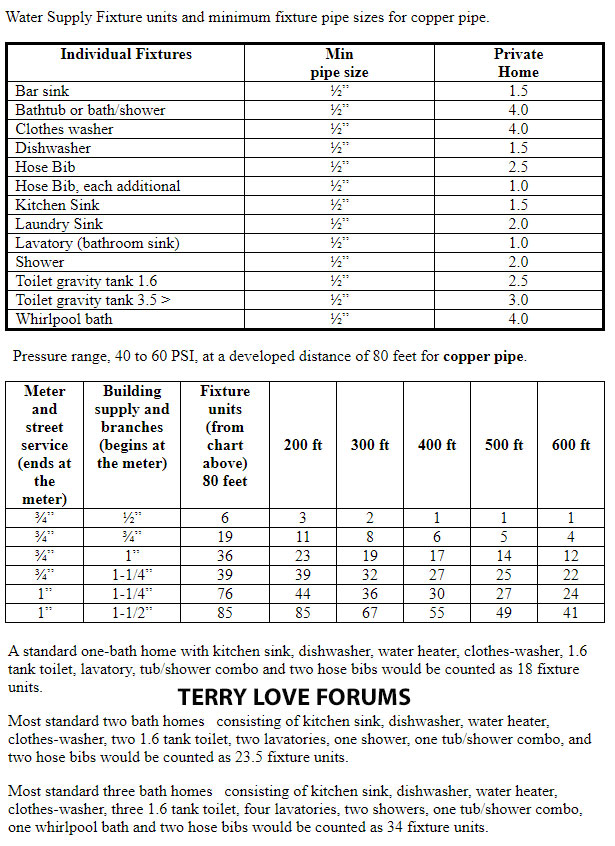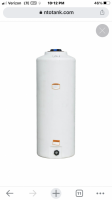Problem at hand:
I’m up 240’ from the main with regulator removed. My line is 1” Poly that is about 1/4 mile long. Getting 2.5 GPM (or a touch) over from the frost free hydrant in front of the house. I am unsure of the pressure at this time.
House: 60x70 shop home. Roughly 30x70 living and the same on the ship side. 3 full baths and a forth toilet. Just my wife my self and my toddler now with another on the way. Building has 16’ sidewalls and we will have hot water tank, HVAC, etc. mounted over the laundry room.
The water is not hooked into the house yet as we are still building. I planned on putting an inline booster near the water heater but learning I may not have the demanded supply in the line.. Then found a city booster system with tank and pump combined.. but it requires 10gpm minimum.
I am not opposed to a storage tank but would like to do one small enough to mount up with the hot water heater. I’d prefer not to bury it.
Please help me out. I’m running out of time and need to get this sorted out. I will provide anymore information I possibly can, just ask. Thank you so much!
I’m up 240’ from the main with regulator removed. My line is 1” Poly that is about 1/4 mile long. Getting 2.5 GPM (or a touch) over from the frost free hydrant in front of the house. I am unsure of the pressure at this time.
House: 60x70 shop home. Roughly 30x70 living and the same on the ship side. 3 full baths and a forth toilet. Just my wife my self and my toddler now with another on the way. Building has 16’ sidewalls and we will have hot water tank, HVAC, etc. mounted over the laundry room.
The water is not hooked into the house yet as we are still building. I planned on putting an inline booster near the water heater but learning I may not have the demanded supply in the line.. Then found a city booster system with tank and pump combined.. but it requires 10gpm minimum.
I am not opposed to a storage tank but would like to do one small enough to mount up with the hot water heater. I’d prefer not to bury it.
Please help me out. I’m running out of time and need to get this sorted out. I will provide anymore information I possibly can, just ask. Thank you so much!




